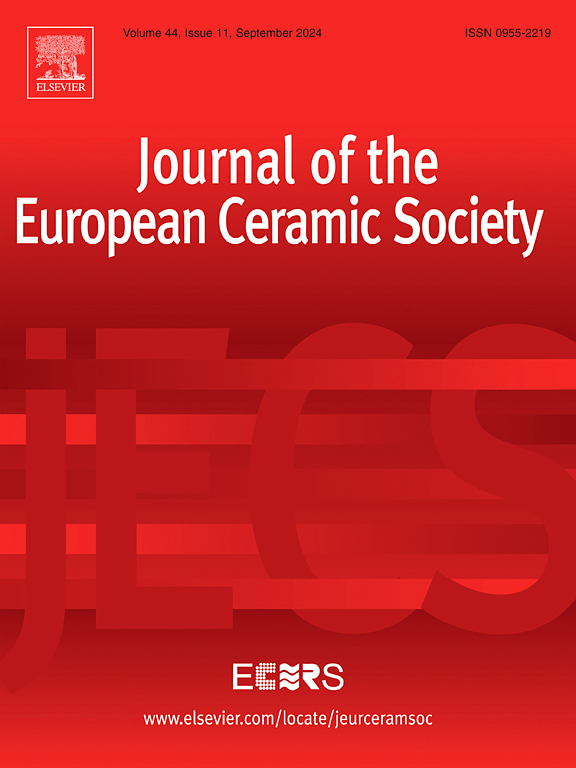Joining alumina to metals: Technologies, challenges, and future prospects for high-performance structures
IF 5.8
2区 材料科学
Q1 MATERIALS SCIENCE, CERAMICS
Journal of The European Ceramic Society
Pub Date : 2025-04-15
DOI:10.1016/j.jeurceramsoc.2025.117464
引用次数: 0
Abstract
Technological advancements are expanding applications for alumina-to-metal components with higher performance demands, such as microelectronic packaging, wear-resistant components for aircraft, biomedical applications, and more. Manufacturing methods for reliable alumina-metal joints are reviewed. While diffusion bonding was initially significant, conventional brazing now leads in research and industrial use. Current efforts focus on developing active interlayers to improve alumina wetting and composite fillers to strengthen brazed joints. Diffusion bonding remains under study, but long joining times limit industrial adoption. Induction brazing, transient liquid phase bonding, and laser welding are emerging with enhanced efficiency, minimizing energy consumption, and a more sustainable process overall. Ultrasonic vibration-assisted brazing is also a promising joining technique, however, the joint temperature resistance is reduced. Future trends in the joining alumina-metal are directed to fast and flash joining techniques, hybrid joining processes, and the comprehension of the mechanisms underlying joint strength variations with differing processes under different joining conditions.
求助全文
约1分钟内获得全文
求助全文
来源期刊

Journal of The European Ceramic Society
工程技术-材料科学:硅酸盐
CiteScore
10.70
自引率
12.30%
发文量
863
审稿时长
35 days
期刊介绍:
The Journal of the European Ceramic Society publishes the results of original research and reviews relating to ceramic materials. Papers of either an experimental or theoretical character will be welcomed on a fully international basis. The emphasis is on novel generic science concerning the relationships between processing, microstructure and properties of polycrystalline ceramics consolidated at high temperature. Papers may relate to any of the conventional categories of ceramic: structural, functional, traditional or composite. The central objective is to sustain a high standard of research quality by means of appropriate reviewing procedures.
 求助内容:
求助内容: 应助结果提醒方式:
应助结果提醒方式:


